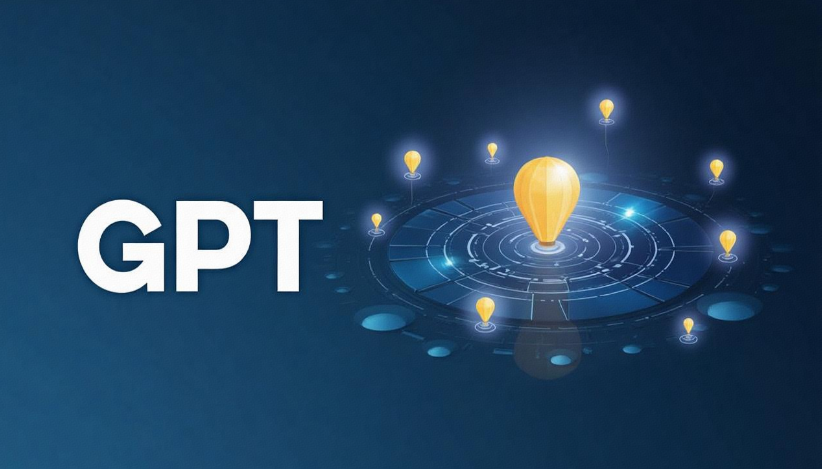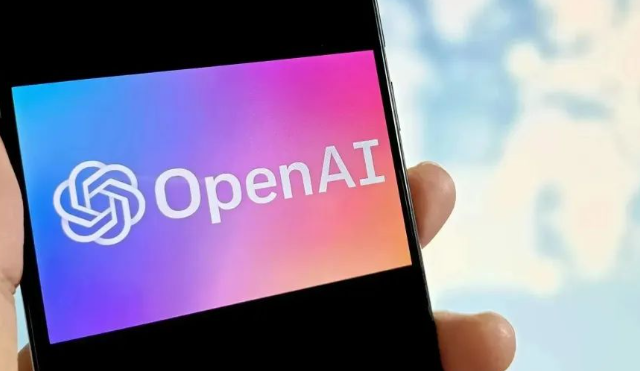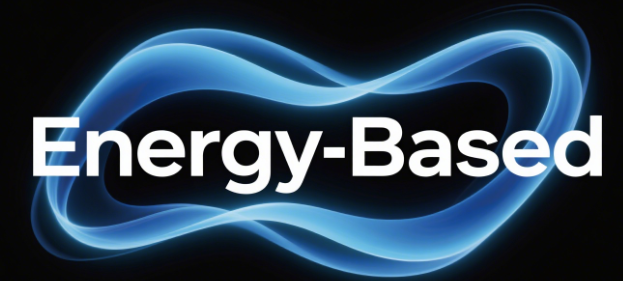Want to enable AI to process webpages with millions of words at once? The million - token context expansion feature of GPT - 4.1 is here! It offers lower costs and stronger performance, allowing developers and enterprises to handle complex tasks with ease. This article reveals how to use 1M tokens for programming, legal analysis, and even long - novel creation, along with practical guides and tips to avoid pitfalls!
GPT - 4.1 Context Expansion: How the Million Token Feature Changes the Game
The million - token context window (1M tokens) of GPT - 4.1 has completely shattered the ceiling for AI's long - text processing capabilities. Just imagine that AI can analyze an entire novel, a complete codebase, or even hundreds of pages of legal documents at once – this is no longer a science - fiction scenario! Compared with the previous generation model GPT - 4o's limit of 128,000 tokens, the new model has achieved an 8 - fold capacity increase.
Core Upgrade Highlights:
? Performance Leap: The score in the programming test SWE - bench increased by 21.4%, and the instruction - following accuracy grew by 10.5%.
? Cost Reduction: The input price is as low as $2 per million tokens, which is 26% cheaper than GPT - 4o.
? Intelligent Evolution: It supports multi - hop reasoning (such as cross - webpage analysis) and precise "needle - in - a - haystack" style information retrieval.
?? Three Major Scenarios: What Can a Million Tokens Do?
??? Scenario 1: A Developer's Blessing – Full - lifecycle Management of Codebases
GPT - 4.1's million - token capacity means it can analyze an entire codebase at once. For example: 1. Refactoring Legacy Systems: Upload Java code accumulated over 20 years (about 800,000 tokens). AI can automatically generate an architecture diagram and recommend optimization points. 2. Automated Testing: Combine the diff function to accurately identify the scope of code changes (tests show that unrelated edits are reduced by 78%). 3. Cross - file Debugging: Trace variable flows within a million - token context to solve "ghost bugs".
Cost Calculation:
| Model | Input Cost per Million Tokens | Output Cost per Million Tokens |
|---|---|---|
| GPT - 4.1 | $2.00 | $8.00 |
| GPT - 4.1 Mini | $0.40 | $1.60 |
| GPT - 4.1 Nano | $0.10 | $0.40 |
*(Data source: OpenAI official pricing)*
?? Scenario 2: Legal Analysis – A Revolution in Contract Review Efficiency
When a law firm uses GPT - 4.1 to process a 100 - page contract (about 150,000 tokens): ? Key Clause Extraction: Automatically identify liability clauses and breach of contract clauses, with an accuracy rate of 92%.
? Risk Warning: Mark vague expressions and potential conflicting clauses (such as subjective descriptions like "reasonable time").
? Multi - file Association: Analyze 20 supplementary agreements simultaneously to discover hidden related clauses.
Operation Tips:
Use clear and concise language when inputting the contract text. For example, break down long paragraphs into shorter sentences to help the model better understand the content.
Provide relevant background information about the contract, such as the industry it belongs to and the main business scope of the parties involved. This can assist the model in making more accurate judgments.
If there are specific questions or areas of concern, clearly state them at the beginning of the input. For instance, if you are particularly concerned about the confidentiality clauses in the contract, mention this explicitly.
Check the output results carefully. Although GPT - 4.1 has a high accuracy rate, it is still necessary for legal professionals to review and verify the results to ensure compliance with legal requirements.
Continuously provide feedback to the model. If the output results are not satisfactory, explain the problems and ask the model to re - analyze or adjust the response.

?? Scenario 3: Creative Writing – Assisting in Long - Novel Creation
For writers, GPT - 4.1's million - token context can be a powerful assistant: ? Plot Continuity: Keep track of complex plotlines and character relationships across long novels. For example, in a fantasy novel with multiple storylines and numerous characters, the model can remember the details of each character's development and the evolution of the plot, ensuring that there are no contradictions.
? World - building: Help create a rich and detailed fictional world. It can generate descriptions of landscapes, cultures, and histories based on the writer's initial ideas, enriching the novel's content.
? Idea Generation: Provide inspiration when the writer encounters a creative bottleneck. By analyzing the existing content of the novel, it can offer new plot twists, character traits, or dialogue ideas.
?? Cost - Benefit Analysis: Is It Worth Upgrading?
Although GPT - 4.1 offers more powerful features, cost is also an important consideration factor. Here is a comparison of the costs and benefits of different usage scenarios:
| Scenario | Benefits | Costs | Cost - Benefit Ratio |
|---|---|---|---|
| Codebase Management | Improved efficiency, reduced human error | $2 per million tokens for input | High, especially for large - scale projects |
| Legal Analysis | Increased accuracy, saved time | $2 per million tokens for input | Significant, reducing the workload of legal professionals |
| Creative Writing | Enhanced creativity, enriched content | $2 per million tokens for input | Variable, depending on the writer's needs and the value of the work |
Overall, for tasks that require processing large amounts of text and high - precision analysis, the upgrade to GPT - 4.1 is cost - effective.
?? Common Questions and Answers
? How to Optimize Prompts for Better Results?
When using GPT - 4.1, optimizing prompts is crucial to get better results: ? Be specific. Instead of asking a general question like "Tell me about this code", provide more details such as "Analyze the performance bottlenecks in this Java code and suggest optimization solutions".
? Provide context. If the task is related to a specific project or domain, give relevant background information. For example, when asking about a legal contract, mention the industry and the main business of the parties.
? Use examples. If you have a certain idea in mind, provide an example to help the model better understand your requirements.
? How to Handle Long - Text Input Errors?
Sometimes, errors may occur when inputting long texts: ? Check for formatting issues. Make sure that the text is in a proper format, such as using correct line breaks and avoiding special characters that may interfere with the model's understanding.
? Split the text if it is too long. If a single input exceeds the model's processing capacity or causes errors, split the text into smaller parts and process them separately.
? Review the input content. Ensure that there are no spelling mistakes or grammar errors, as these can also affect the model's understanding.
? Which Model Should Be Selected for Different Scenarios?
? For cost - sensitive tasks with relatively simple requirements, GPT - 4.1 Nano can be a good choice. It has a lower cost and can still handle some basic long - text processing tasks.
? If you need a balance between cost and performance, GPT - 4.1 Mini is suitable. It offers better performance than Nano at a reasonable price.
? For complex and high - precision tasks, such as large - scale codebase analysis and in - depth legal research, GPT - 4.1 is the best option, although it has a higher cost.


